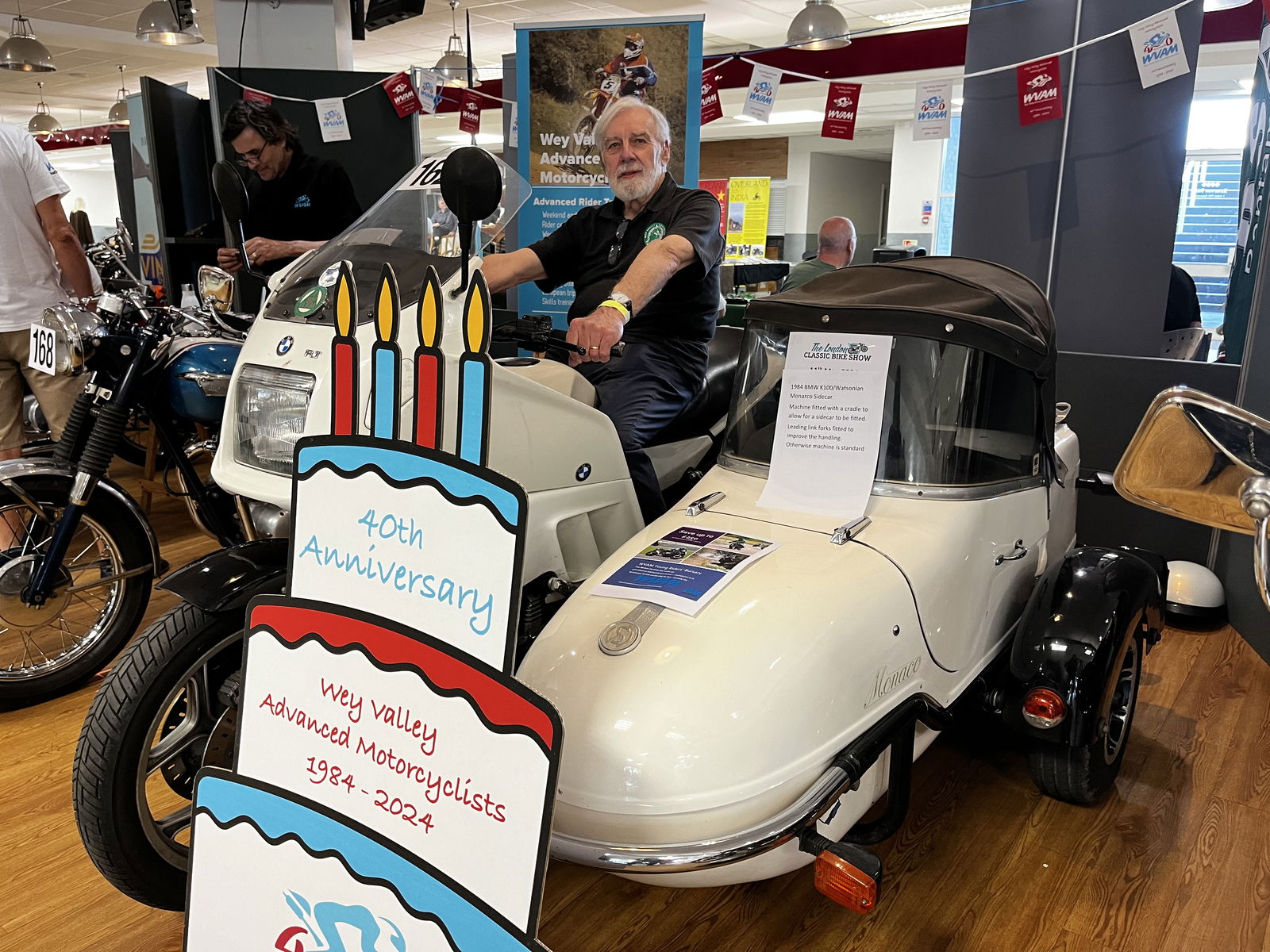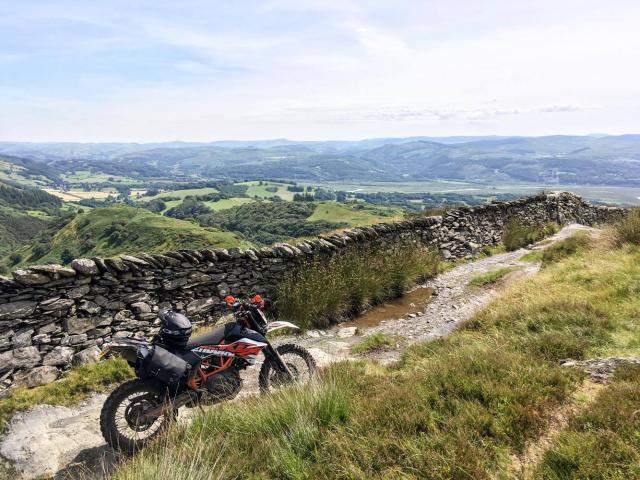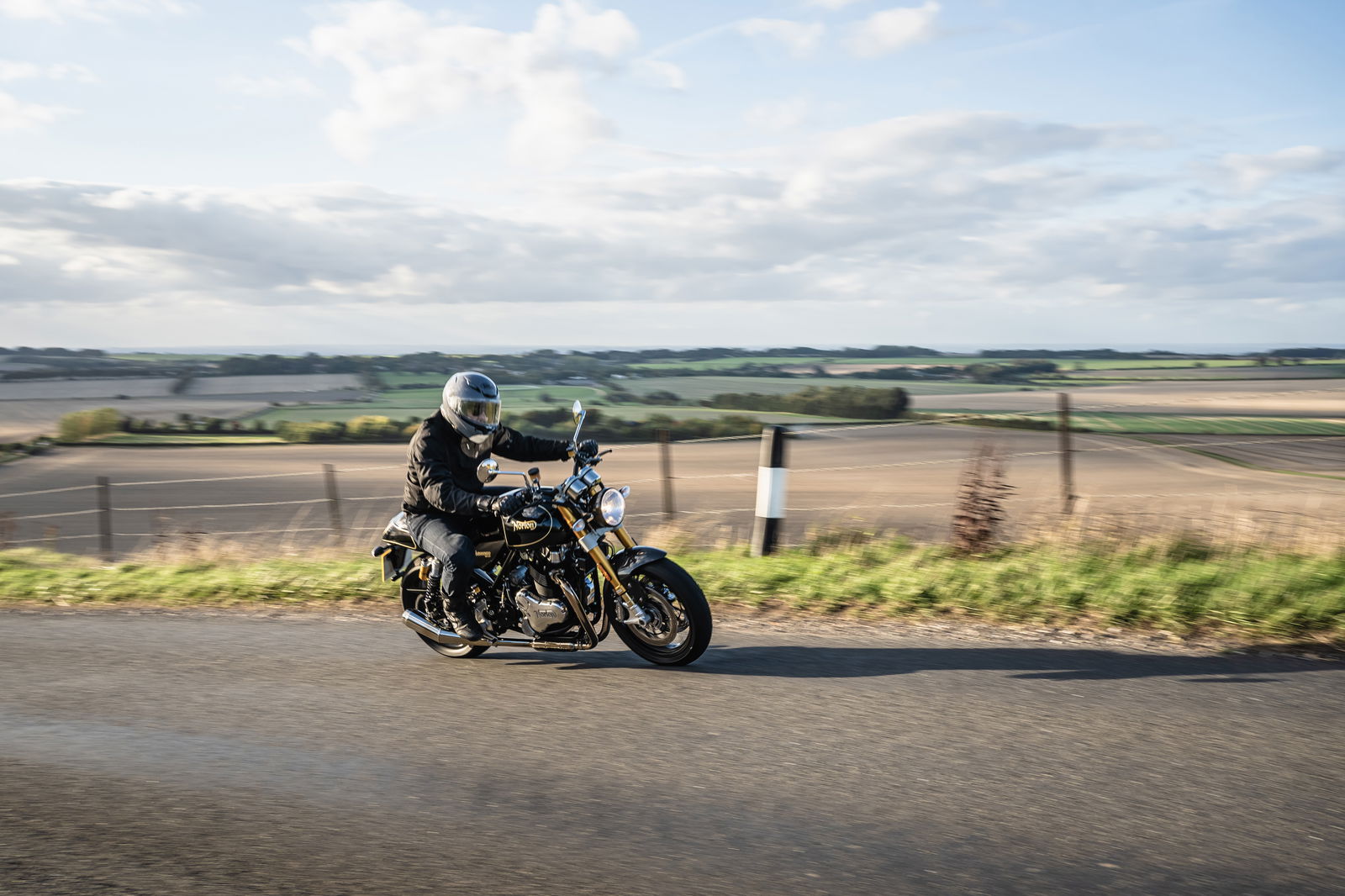The Life and Death of the Motorcycle Sidecar
A motorcycle and sidecar 'combination' was and still is a tricky compromise, and yet the appeal remains

Let’s face it, it’s a bit weird to take all the advantages of a two-wheeled machine and then encumber it by attaching a small one-wheeled vehicle to support the weight of Olive from dubious TV comedy ‘Off the Buses’. Viewers of a certain age may recall her curmudgeonly husband Stan, his post-war BSA M21 and a variety of sidecars in which sat his sour-faced missus.
If not, all you need to know is that a motorbike and sidecar was, and remains, a tricky compromise between the purity of a solo machine and the advantages of a car, with neither element coming out of the deal unscathed.
Undoubtably affordable post-war cars - such as the Morris Minor and Mini - contributed to the decline of the motorbike and sidecar, aka a combination, but the writing was on the wall the moment the concept was conceived in 1893 after a French newspaper offered a prize for the best way to carry a passenger with a motorised bicycle.

The prize was claimed shortly after by one Jean Bertoux, his idea of mounting accommodation to the side of the motorcycle was the lesser of three evils, with the other two being to put the passenger in a contraption that was mounted in front of the bike or behind it. And being side-mounted was certainly preferable to the grisly consequences of being front-mounted in the event of a collision or rear-mounted, where the hapless passenger would be forced to choke to death on leaded fumes, even if it did put the physics out of whack, though back the drawback of it being as wide as a car wouldn’t have bothered Bertoux and his contemporaries. It’s estimated that there were no more than fifteen cars on British roads in 1895 - there was no concept of congestion charges or ULEZ back then, so it was down to entrepreneurs to make the next move…
One of the first companies to see the potential of the sidecar was British manufacturer Watsonian which, in 1912, launched its first vehicle. For those not in the know you might find it astonishing to learn that Watsonian is still making ‘cars to this very day, though they’re much improved on their early efforts that were simply bolted to the frame of the motorcycle via rigid tubes.
By the time the First World War broke out several cunning inventions had been devised to make travelling in a sidecar considerably more comfortable, while affording the pilot improved handling. Sidecars were fitted with leaf suspension and the Flxible Sidecar Company (note correct spelling, pedants), briefly the largest sidecar company in the world, had devised a mounting system that allowed the sidecar to move more independently of the motorcycle frame. The same company also patented a tilting sidecar wheel, a concept that’s not dissimilar to Yamaha’s Niken or Piaggio’s MP3.
 on his Triumph combo.png?width=1600)
When there were fewer cars on the road, combinations were a great way for smaller businesses to get goods or services to their customers without having to fork out a fortune on four-wheeled service vehicles and, of course, they were an invaluable asset in both world wars. Sidecars could be adapted to carry light machines guns and ammunition; their relative nimbleness and three-wheeled stability made them adept in navigating unpredictable terrain and getting in and out of areas too small for larger weapon-bearing vehicles.
But the sidecar was, by design, less than ideal. Even at their most luxurious, combinations were never going to be as comfortable, not to mention as cosy, as the affordable cars that superseded them. They’re not easy to pilot either. Riders expecting a two-wheeled experience with a bit of stuff on one side are in for a nasty shock. Much like me, when I rode my dad’s 1984 BMW K100 complete with a Watsonian Monaco Sidecar.
My dad, on the wrong side of 85, might be the oldest motorbike and sidecar rider in the UK and almost certainly the oldest with an IAM certificate for a combination, so getting to experience the lunacy of riding one first-hand was as easy as a phone call, which is a damn sight easier than setting a combination up.

It’s taken the old man years of fettling to get his to a tolerable standard and he’s never been happy with the suspension in the 20-odd years he’s owned it. Put another way, the staff at several shock absorber outlets in the UK are entitled to trauma counselling after spending more than a minute talking to Dad about achieving the perfect ride.
In fairness to all concerned, the problem goes way beyond getting the bloody thing to go in a straight line. Combinations are asymmetrical, so unless the surface of the road is perfectly flat like roads aren’t, it’s going to wriggle about and that’s just going straight. With the chair on the left, turning right feels like sitting on a swivel chair while falling down a hill and left resembles being dragged sideways off the seat by lunatic poltergeists, with the whole process punctuated by your hapless passenger screaming at you to effing stop.

Little wonder then that by the end of the 1950s, the combination’s time had pretty much come to an end. It wasn’t just the affordability of a four-wheeled vehicle with its heater and windscreen wipers, one could argue that they were never really fit for purpose in the first place, but that also makes them a little bit magical.
It’s not just that they offer the more mature biker, like my dad, the chance to experience the thrills of motorcycling in relative safety, there is something irresistibly eccentric about these living, breathing anachronisms - with their curmudgeonly disregard for comfort - that provides a unique form of entertainment. And that’s just on the public roads - when it comes to racing combinations are a spectacular sight on both dirt and asphalt, as this year’s Isle of Man TT, the 101st with Sidecars, will no doubt explain…

